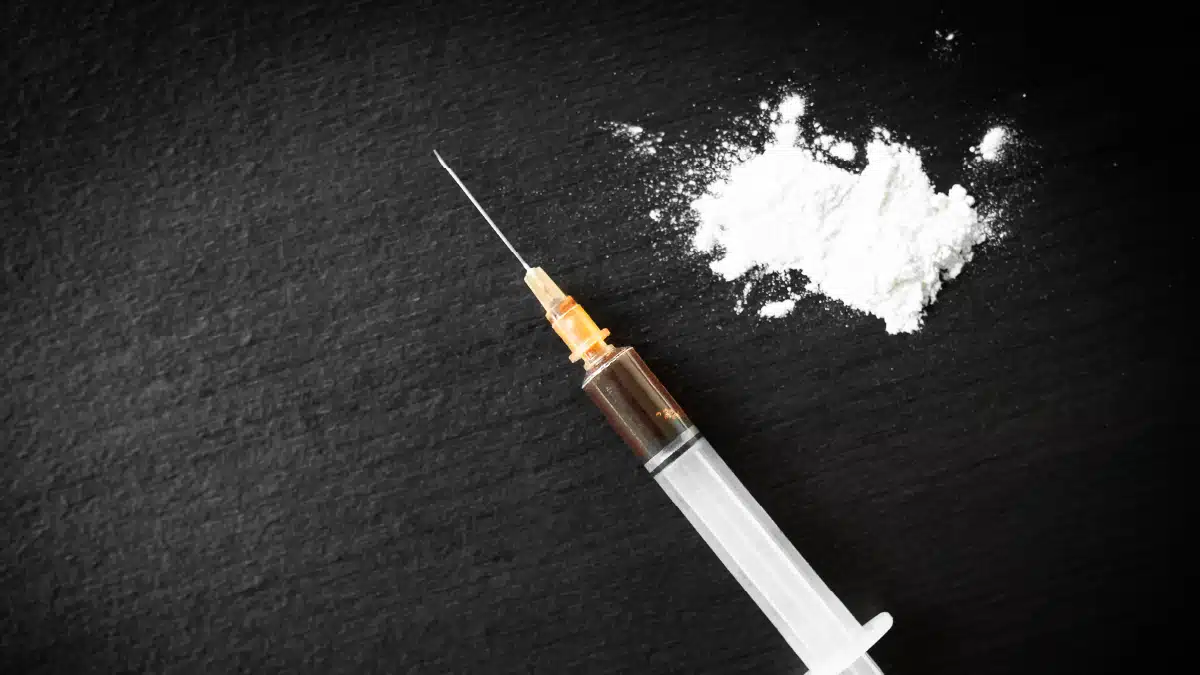Causes Of Heroin Abscesses And Treatment Options
Heroin abscesses can occur when contaminated needles or improper injection techniques introduce bacteria under the skin. If untreated, these infections can cause painful swelling, redness, and severe complications. Learning about abscesses helps individuals understand the importance of proper medical care and hygiene practices. Abscesses can often be treated effectively with prompt attention through antibiotics or drainage procedures.
Preventing infections involves using sterile equipment and seeking support for safer habits. Awareness of potential risks ensures a proactive approach to health and safety. In this article, we will explore how heroin abscesses develop, their symptoms, treatment options, and preventive strategies that promote better health outcomes.
Key Takeaways
Heroin abscesses form when bacteria enter the skin through injection sites, causing swelling and complications. Here’s what you need to know:
- Improper injection techniques and poor hygiene are vital factors in abscess development.
- Symptoms progress from tenderness to severe infections needing medical care.
- Timely treatment with antibiotics or drainage prevents severe health risks and aids recovery.
The Haven Detox-Little Rock offers a compassionate environment where individuals begin their journey to recovery. For more information, call (501) 271-3342.
Heroin Abscesses: Explained
Heroin abscesses develop when bacteria enter the skin, often through injection sites, causing localized infections. These abscesses create pockets of pus, leading to swelling, redness, and pain. Without proper care, they can result in severe complications, including deeper infections and tissue damage. Learning about heroin abscesses helps individuals identify risks and seek appropriate care when needed. This section explores what heroin abscesses are and how frequently they occur among those who inject substances.
Definition And Overview
A heroin abscess is a collection of pus caused by bacterial contamination at or beneath the skin. The abscess forms when bacteria infect damaged tissues, often after non-sterile injections. Symptoms include tenderness, swelling, and warmth in the affected area. Abscesses may grow larger and become more painful over time, sometimes requiring medical intervention.
These infections commonly occur on the arms or legs, though they can appear anywhere injections are given. Abscesses may lead to severe health problems, including sepsis or tissue necrosis if untreated. Prompt treatment improves recovery and reduces the likelihood of complications.
Prevalence Among Heroin Users
Heroin abscesses are common among individuals who inject substances, particularly in environments lacking access to clean needles. Studies estimate that a significant percentage of people who inject drugs experience abscesses at some point. The prevalence is higher in areas with limited harm-reduction programs or healthcare access.
Sharing or reusing needles significantly increases the risk of infection. Regular substance injection weakens the skin’s integrity, making abscesses more likely. Early intervention and education on safe practices reduce the occurrence of these infections. Understanding prevalence helps communities address the issue through prevention and improved healthcare resources.
Causes Of Heroin Abscesses
Heroin abscesses often result from factors related to injection practices and environmental conditions. Improper techniques, contaminated substances, and needle reuse contribute to bacterial infections. Identifying these causes is vital for minimizing risks and promoting better health outcomes. This section examines the main factors leading to abscess formation.
Symptoms And Identification
Recognizing abscess symptoms allows for prompt treatment, preventing severe complications. Abscesses exhibit clear physical signs and progress through identifiable stages. This section details what to look for and how abscesses typically develop.
Health Risks Associated With Heroin Abscesses
Heroin abscesses pose immediate and long-term health risks if untreated. Complications include severe infections, tissue damage, and systemic health problems. This section explores the dangers associated with abscesses and their impact on overall health.
Prevention Of Heroin Abscesses
Preventing abscesses involves adopting safer injection practices and maintaining hygiene. Access to harm-reduction resources plays a vital role in minimizing risks. This section outlines steps to prevent abscesses and reduce infection rates.
Treatment Options
Treating heroin abscesses involves medical and self-care approaches to manage symptoms and eliminate infections. Early intervention ensures better results and prevents further complications. This section explores treatment methods, including professional care and at-home solutions.
Frequently Asked Questions (FAQs)
Find A New Dawn Of Recovery Today
At The Haven Detox-Little Rock, we help individuals overcome addiction challenges and create a lasting foundation for recovery. Our approach directly connects to the importance of health and safety discussed in the article, offering compassionate, comprehensive care every step of the way.
Through detox, we guide individuals through a medically supervised withdrawal process, helping them break free from harmful substances. Our residential treatment provides 24/7 support in a safe, nurturing environment, fostering personal growth and healing.
With medication-assisted treatment, we combine FDA-approved medications with therapy to address cravings and ensure long-term wellness.
So, take the first step towards a healthier future and call (501) 271-3342 today.
